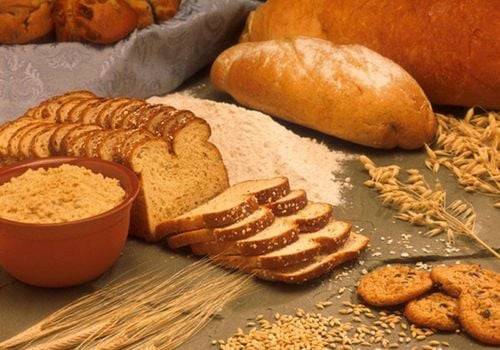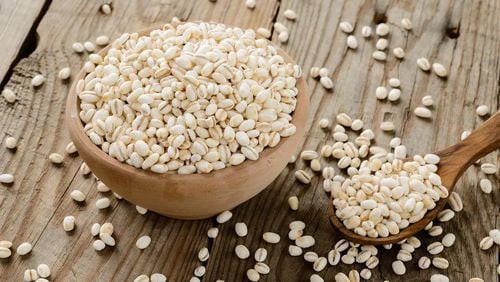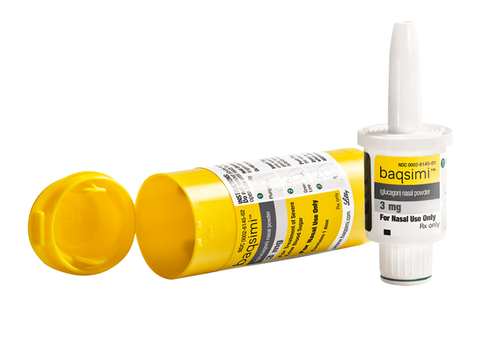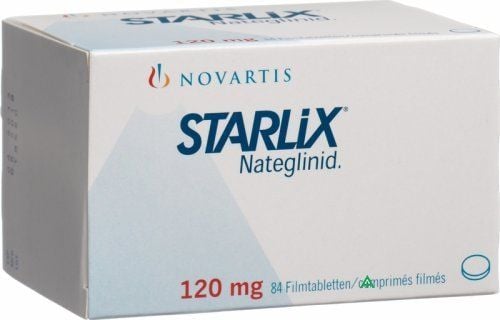This is an automatically translated article.
Fiber can rebalance the intestinal microflora in the digestive tract to help digest food. Besides, studies have also proved that fiber has an important role in blood sugar control, blood lipid level control, mild reduction of type 2 diabetes... Not only that, fiber also Helps control appetite and maintain required weight.
1. How necessary is fiber?
Fiber belongs to the group of carbohydrates that cannot be digested by the body. Although most carbohydrates can be broken down into sugar molecules for easy absorption by the body, this is not the case with fiber and fiber cannot be broken down into sugar molecules. Instead, it passes through the body undigested. Dietary fiber in foods, when added to the body, plays a role in helping to regulate the use of sugar by the body, at the same time they help control blood sugar and control cravings or hunger pangs.
Children and adults need at least 20 to 30 grams of fiber per day for good health, but most Americans only get about 15 grams per day. Food sources of fiber are fruits and vegetables, whole grains, and beans.

Tăng cường chất xơ trong chế độ ăn sẽ giúp kiểm soát cân nặng và lượng đường trong máu
2. Fiber classification
Dietary fiber is classified into two categories: soluble fiber and insoluble fiber. Both types of fiber have many health benefits:
Soluble fiber: Fiber has the ability to dissolve in water. Therefore, it can help lower blood sugar levels as well as help lower blood cholesterol. Plant-based foods that contain soluble fiber include: oatmeal, nuts, beans, lentils, apples, and blueberries. Insoluble fiber: Fiber does not have the ability to dissolve in water. This type of fiber can help food move through your digestive system, promote regularity and help prevent constipation. Plant foods that contain insoluble fiber include: Wheat, whole-wheat bread, wholemeal bread, legumes, brown rice, carrots, cucumbers, and tomatoes. The sources of fiber thought to have the best benefits are: Whole grains, fresh fruits and vegetables, legumes and nuts.
3. Some ways to increase the amount of fiber in the body
To increase dietary fiber for the body, it is necessary to choose the optimal food source as well as a number of factors related to the type of substance. Here are some ways to help increase fiber to ensure both its quantity and its benefits for the body.
Use whole fruit instead of juice Replace white rice, bread and pasta with brown rice and whole grain products For breakfast, choose whole grains as the first ingredient . Snack on raw veggies instead of chips, crackers, or chocolate bars. Replace beans or legumes for meat 2-3 times per week with chili and soup.

Ngũ cốc nguyên hạt đem lại nhiều lợi ích cho sức khỏe
4. The relationship between fiber and diseases
Fiber seems to reduce the risk of developing various diseases which include: Heart disease, diabetes, appendicitis and constipation. While fiber has these benefits, it can also be a risk factor for its effects. However, this is extremely rare. If it does, it could be a risk factor for colon cancer.
4.1. Heart disease
Eating more fiber has been linked to a lower risk of heart disease, the study found in several large studies followed for many years. Or in another Harvard study of more than 40,000 male health professionals, researchers found that a high total fiber intake was associated with a 40% reduced risk of heart disease and heart disease. coronary artery. A Harvard association study of female nurses also came up with findings quite similar to those of the above studies.4.2. Metabolic syndrome
Eating more fiber has also been linked to a reduced risk of metabolic syndrome. This condition is a combination of factors that increase your risk of developing heart disease and diabetes. These factors include: High blood pressure, high insulin levels, excess weight especially around the belly) high triglycerides and low levels of good HDL cholesterol. Some studies suggest that higher fiber intake may provide protective benefits from this syndrome.

Hội chứng chuyển hóa cũng có thể được ngăn ngừa qua việc ăn nhiều chất xơ
4.3. Type 2 diabetes
Low-fiber diets and high-carbohydrate foods that cause sudden spikes in blood sugar can increase your risk of developing type 2 diabetes. Both Harvard studies looked at subjects: Female nurses and male health professionals both found that this type of diet doubled the risk of type 2 diabetes when compared with a diet high in whole grains and low in foods with high cholesterol. high blood sugar. In addition, a diet rich in whole-grain fiber has been linked to a reduced risk of type 2 diabetes.
Other studies, such as the Black Women's Health Study (and Investigations) European Outlook on Cancer and Nutrition – Potsdam, also shows similar results.
4.4. Inflammatory bowel disease
Appendicitis is a symptom of inflammatory bowel disease, which is one of the most common age-related colon disorders in Western society. Among male health professionals in a long-term follow-up study who were given fiber, especially insoluble fiber, an association was found with a reduced risk of cancer. diverticulosis is about 40%.
4.5. Fiber and Constipation
Constipation is an annoying gastrointestinal condition and it's the most common in the United States. Studies show that fiber consumption seems to help relieve and prevent constipation.
The fiber in wheat bran and oat bran is considered more effective than fiber from fruits and vegetables for improving constipation. Nutritionists recommend increasing your fiber intake slowly rather than suddenly. Because, with soluble fiber, it has the ability to absorb water, so to increase the amount of this fiber we just need to increase the amount of drinks when using this type of fiber. And this will make the amount of fiber in the body increase significantly.

Chất xơ giúp cải thiện hệ đường ruột
4.6. Colon cancer
Studies have barely shown an association between fiber and colon cancer. One of these was a Harvard study that followed more than 80,000 female nurses for 16 years. The results showed that dietary fiber did not have a strong relationship with a reduced risk of colon cancer or polyps (a precursor to colon cancer).
4.7. Breast cancer
A larger study by researchers at Harvard T.H. The Chan School of Public Health shows that a higher fiber intake is likely to reduce the risk of breast cancer. This also suggests that fiber intake during adolescence and early adulthood may be particularly important.
Women who eat more high-fiber foods during adolescence and young adulthood, including vegetables and fruits, may have a significantly lower risk of breast cancer than those who eat less fiber when young.
In short, adding fiber to the daily diet is necessary, however, in case you want to know how much blood sugar is, you can sign up for a diabetes screening package, dyslipidemia at Vinmec International General Hospital. Not only health screening, the diabetes and dyslipidemia screening package also helps to detect pre-diabetes early, accurately classify diabetes type, develop a nutritional regimen, and monitor the treatment of diabetes. risks and complications caused by diabetes.

Chất xơ giúp ngăn ngừa ung thư vú
Using the screening package for diabetes and dyslipidemia at Vinmec, customers will receive:
Endocrine CK examination (with appointment) Total urinalysis (by automatic machine) Quantitative Glucose Quantitative HbA1c Quantitative Uric Acid Quantification of Cholesterol Determination of HDL-C (High density lipoprotein Cholesterol) Determination of LDL-C (Low density lipoprotein Cholesterol) Determination of Triglycerides Determination of Urea Determination of Creatinine Measurement of AST Activity (GOT) Measurement of ALT Activity (GPT) Measurement of GGT activity (Gama glutamyl Transferase) Quantification of MAU (Micro Albumin Arine) Echocardiography, transthoracic pericardium, Normal ECG, Carotid Doppler ultrasound, Transcranial Doppler (carotid) Arterial Doppler ultrasound, veins of the lower extremities (bilateral lower extremity arteries)
Please dial HOTLINE for more information or register for an appointment HERE. Download MyVinmec app to make appointments faster and to manage your bookings easily.
Reference source: hsph.harvard.edu













